|
Article by Dr. Clara Small Newell E. Quinton (1944 - ) Newell Emerson Quinton was born in 1944 to Mary Louise Stanley Quinton and George Bernard Quinton in San Domingo, Maryland. San Domingo, located between Mardela Springs and Sharptown, Maryland, is a rural, isolated, small community situated in northeastern Wicomico County. San Domingo was created by free African Americans in the early 19th century and Newell is a 5th generation descendant of the earliest settlers. Map of Sharptown from the 1877 Atlas of Somerset, Wicomico and Worcester Counties San Domingo can be seen south of Sharptown 1877 Atlas of Somerset, Wicomico, and Worcester Counties Internet Archive Newell Quinton, also known as “Sky,” grew up in this rural, segregated, tight-knit community and attended a two-story school known as the Sharptown Colored Elementary School. His boyhood memories were of farm chores, school and softball games and Methodist revivals. Those childhood memories also included neighbors working together to prepare the fields for the cultivation of crops for spring planting. In the fall near Thanksgiving, families gathered together for the task of slaughtering hogs and the preservation of hams, scrapple, sausage and the remainder of the meat for the winter. Those rituals were a way of life for the Quinton family and their neighbors for more than 200 years. As a child, Newell attended the segregated Sharptown Colored Elementary School that had the traditional pot belly stove which provided uneven heat, the outside pump that provided cool water, and the outside toilets as rest rooms. His books were often outdated, tattered and torn, hand-me-downs from the students in the white schools. His memories also included chores that had to be completed prior to leaving home for school. School was not an option because his parents emphasized the importance of education. Upon graduation from Sharptown, Newell attended high school at Salisbury High School in Salisbury, Maryland, and graduated in 1962. After graduation, Newell attended Morgan State College (MSC), now Morgan State University, in Baltimore, Maryland. Salisbury High School Photo from the Baker Family papers (2012.200) Salisbury University Nabb Research Center Even though Newell and the group did not know of Rosenwald’s connect-ion to the school, Newell did know “that his grandpa and his neighbors’ grandpa-rents had built it.” Newell also found that the San Domingo community had also contributed $800 for the building of the school. Newell was also joined in the res-toration project by his wife, Tanja R. Henson-Quinton. Rudolph Stanley also pho-tographed and filmed the progress of the restoration project for posterity. That core group believed that the rural area and farming culture of San Domingo had taught them discipline, and their fight for an education taught them to value it. They also believed that the restoration and preservation of Sharptown Colored Elementary School was their effort to pass those same ideals on to the next generation and to save their history because they also believed that it was their responsibility to continue the legacy of their ancestors. Their focus on the school’s restoration was exceptionally important to them because it was their belief that their education at the school had instilled in them the idea that in order to get something one had to work for it and put time and labor into it to earn it. With Newell at the helm, the group began to study the history of the com-munity, which proved to be an arduous task because most elders of the commun-ity had died and others had no memory of the past. They turned their complete focus on the Sharptown Colored Elementary School because their families trea-sured the opportunity for their children to obtain an education, even though it was segregated, and, therefore, taught their children that if they got an educa-tion, no one could take it from them. In 2002, the group learned that the Nation-al Trust for Historical Preservation had named Rosenwald Schools to its list of most endangered places. With that knowledge and other information they had gathered, in 2004, Newell Quinton and the group officially began efforts to renovate the school to its original state. After numerous grant applications, the school was restored with about $200,000 in grants from the National Historic Trust, the Maryland Historic Trust, the Community Foundation of the Eastern Shore, and local donations. Preservation Maryland also provided $5,000 for school roof repair. The project reached fruition and on August 23, 2014 the school was dedicated as the San Domingo Community and Cultural Center In 1966, Newell graduated from Morgan with a Bachelor’s Degree in Mathematics, and he was commissioned as a Second Lieutenant, and began his military service in the United States Army. He was trained as a Signal Officer and worked with computers and communications. He completed a twelve-month tour in Vietnam (September 1967 to September 1968), and received a Bronze Star for meritorious achievement. After Vietnam, Newell served as the Post Signal Officer at Fort Drum, New York, and served as a Research Analyst at Aberdeen Proving Grounds, in Aberdeen, Maryland. After nearly five years on active duty with the United States Army, he continued to serve as a member of the United States Army Reserves in various capacities for a total of 28 years of service. After five years of active duty with the Army, Newell returned to graduate school at Morgan State College (MSC) and earned a Masters of Business Administration (MBA) in 1978, with a concentration in Management. In 1971, he began his career with the Federal government as a Research Analyst at Aberdeen Proving Grounds. In 1974, he transferred to the National Institutes of Health where he worked as a Management Analyst and later as an Administrative Officer with the Department of Research Services. He later transferred to the Office of Administration, Executive Office of the President, where he was Chief of the Administrative Services Division, until 1982 when he transferred to the Department of Veterans Affairs (VA). In 1982, Mr. Quinton began his career as Assistant Director of the Veterans Benefits Administration (VBA) Administrative Services Staff. He was named Ad-ministrative Officer in 1985 and in 1987 became special assistant to the Deputy Chief Benefits Director for Automated Data Processing (ADP) Systems Management. He returned to the Administrative Services Staff as Director and served in that capacity from 1988 to 1989. From November of 1989 to September of 1994, he served as Director of the Baltimore Regional Office, where his concern was the overall efficiency of the programs that were formulated at headquarters and how effectively those programs served the needs of the veterans. That task involved the management of a $53 million budget and the delivery of direct services to veterans. In 1992, Newell Quinton was promoted into the Senior Executive Service, and he returned to the Veterans Affairs (VA) headquarters as Director of the Veterans Assistance Service. In 1995, Newell Quinton was named Chief Information Officer (CIO) of the Veterans Benefits Administration (VBA). There he managed a budget of approximately $120 million with a host of responsibilities, including the maintenance of the VBA information network and the telecommunications program, which provided toll free telephone service as the primary access for the nation’s veteran community. In June of 1999, he returned to the position of Director of the Baltimore Regional Office, and was responsible for the administration and delivery of veteran benefits and service for veterans and their beneficiaries who resided in Baltimore City and 21 of the 23 counties in the State of Maryland. In August of 2002, Mr. Newell Quinton retired from the Department of Veterans and returned to San Domingo and his roots on the Eastern Shore. Newell Quinton had a stellar career in the military and received numerous awards and honors. He received an award for having served as a member of the Senior Executive Service with the Department of Veterans Affairs from 1992 to 2002; in August of 2002, he received the Distinguished Career Award from the Department of Veterans Affairs; in 1996, he received the Service Award for 30 years of Service to the United States Government from the Department of Veterans Affairs; and in 1968, he was the recipient of the Bronze Star Medal. Upon his return to San Domingo, Newell built a home on land once owned by his great-grandparents. He was soon involved with a new project and profession- a preservationist. He found that there were very few reminders/memories of the local church, the Sharptown Colored Elementary School, and the tight-knit community that had sustained him in his youth and had encouraged him to succeed. Upon that realization, he enlisted the aid of his cousin, Rudolph Stanley, who taught mathematics in Salisbury, and others. They began to interview elders in the community, collect oral histories, and established a mission to preserve and protect the memories of San Domingo’s past. They also developed a plan to renovate the Sharptown Colored Elementary School where Newell obtained his early education. From their research, Newell and the core group of volunteers who joined him in the venture to renovate the school, found that the school had been built in 1919. They also discovered to their surprise that the school had been a Rosenwald School, which had been built as a partnership between Julius Rosenwald, a rich Jewish businessman and president of Sears, Roebuck and Company. Rosenwald had partnered with Booker T. Washington, the first principal and leader of Tuskegee Institute, Tuskegee, Alabama, and together they had created a program that helped to build over 5,300 schools, teachers’ quarters and other educational facilities for African Americans across 15 southern states. Even though Newell and the group did not know of Rosenwald’s connection to the school, Newell did know “that his grandpa and his neighbors’ grandparents had built it.” Newell also found that the San Domingo community had also contributed $800 for the building of the school. Newell was also joined in the restoration project by his wife, Tanja R. Henson-Quinton. Rudolph Stanley also photographed and filmed the progress of the restoration project for posterity. That core group believed that the rural area and farming culture of San Domingo had taught them discipline, and their fight for an education taught them to value it. They also believed that the restoration and preservation of Sharptown Colored Elementary School was their effort to pass those same ideals on to the next generation and to save their history because they also believed that it was their responsibility to continue the legacy of their ancestors. Their focus on the school’s restoration was exceptionally important to them because it was their belief that their education at the school had instilled in them the idea that in order to get something one had to work for it and put time and labor into it to earn it. WI-676 San Domingo School Northeast Elevation Paul Touart Photograph WI-676 Architectural Survey MD Historical Trust San Domingo School, Front Preservation Maryland 2005 WI-676 Second Floor Hall Paul Touart Photograph WI-676 Architectural Survey MD Historical Trust With Newell at the helm, the group began to study the history of the community, which proved to be an arduous task because most elders of the community had died and others had no memory of the past. They turned their complete focus on the Sharptown Colored Elementary School because their families treasured the opportunity for their children to obtain an education, even though it was segregated, and, therefore, taught their children that if they got an education, no one could take it from them. In 2002, the group learned that the National Trust for Historical Preservation had named Rosenwald Schools to its list of most endangered places. With that knowledge and other information they had gathered, in 2004, Newell Quinton and the group officially began efforts to renovate the school to its original state. After numerous grant applications, the school was restored with about $200,000 in grants from the National Historic Trust, the Maryland Historic Trust, the Community Foundation of the Eastern Shore, and local donations. Preservation Maryland also provided $5,000 for school roof repair. The project reached fruition and on August 23, 2014 the school was dedicated as the San Domingo Community and Cultural Center. Numerous volunteers also gave of their time, energy and effort to help restore the school. In the process, in 1998, the Quinton siblings established the John Quinton Foundation, Inc., a non-profit organization named after their great-grandfather for the purpose of providing educational support to youth through the granting of educational scholarships, awards and tutorials to some college-bound students from San Domingo and the surrounding areas, and the gathering of oral traditions. San Domingo School Photograph by Jimmy Emerson, DVM May 11, 2016 The school has become a beacon to the community and is a testament to the hard work of Newell Quinton and the other supporters who worked on the project. The second floor of the school serves as a community meeting place and entertainment venue and is also a home to a small Masonic Lodge. The renovation is complete, but Newell Quinton is still very active in preserving other vestiges of the community because he believes that it is his responsibility to continue the legacy of his ancestors. As such, each fall near Thanksgiving, Newell, Rudolph Stanley and others gather for the daylong ritual of slaughtering hogs and the preparation of everything from the salting of hams to the making of scrapple, and sausage for the winter. The processing of the meat is a time-worn memory of years prior to integration, refrigerators and the purchasing of meat from supermarkets, or other food chains. The slaughtering of hogs and other animals as well as the raising of chickens, goats, etc., are also taught by Newell to youngsters and other interested persons in order to pass on to them the values of a community that believed in self-help, independence as well as support and cooperation with one’s neighbors, and “it takes a village to raise a child.” Newell Quinton’s goal is to preserve those memories and the culture of San Domingo, as well as the values he was taught in his youth and helped to sustain him throughout life. In order to spread the word about those values and the slaughtering of animals, he has spoken at the Ward Museum in Salisbury and various other venues. Mr. Newell Quinton is very well-known for his military career, but locally, he is also known for his outstanding community service and his desire to preserve survival skills and pride in self that were learned from his ancestors. As such, he believed that he must pass those ideals and values onto the next generation or the culture would be lost forever. For his work in the local community, he was the recipient of the Reverend Dr. Martin Luther King, Jr. Achievement Award from the Tri-County Organizations’ Coalition, Inc., in 2012. Mr. Newell Quinton is still very active in the community. He presently operates Gran’ Sarah’s Hill, a 40-acre farm with 50 goats. The farm is named after his great-grandmother Sarah, the granddaughter of the community founder James Brown. He cares for the farm because it is a labor of love. He also continues to raise and care for hogs so that he can demonstrate the manner in which his ancestors provided for their families during the winter months--survival. As Newell and others continue the ritual of slaughtering animals and teaching others, they offer the food to friends and neighbors who decide to stop by. No portion of the animal is wasted. It is that care of the animals and the land that is so near and dear to him, and that motivates him to continue to follow a way of life that help-ed the San Domingo community to survive for all of those years. As a testament to his hard work in the preservation of the culture of the community, but specifically for the renovation of the school, in 2023 the San Domingo School was selected and honored as one of two examples of Rosenwald Schools throughout the State of Maryland. Newell Emerson Quinton is truly a preserver of culture. Newell Quinton Making Scrapple
From Savoring Scrapple, Saving San Domingo Tom Horton c. 2020
0 Comments
Leave a Reply. |
Archives
July 2024
Categories |

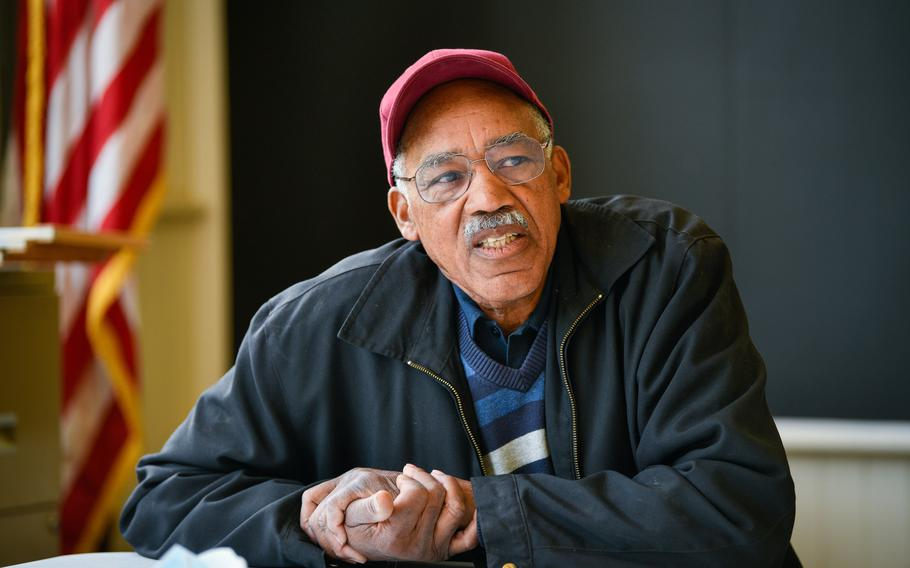
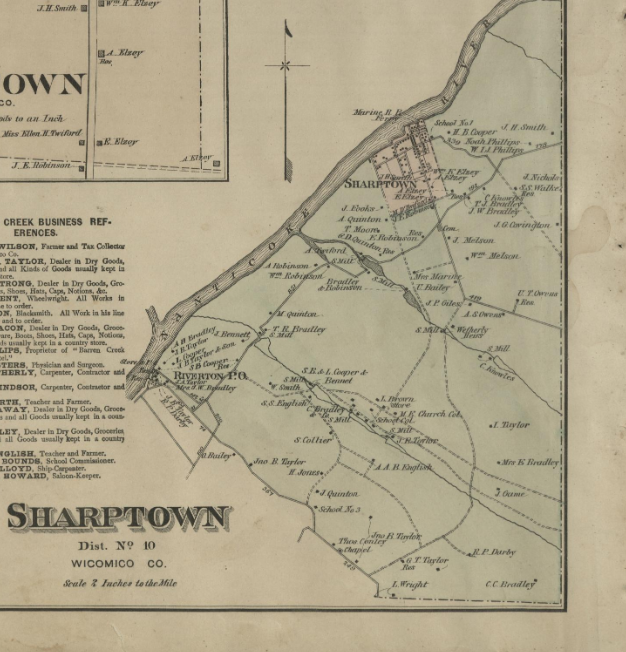
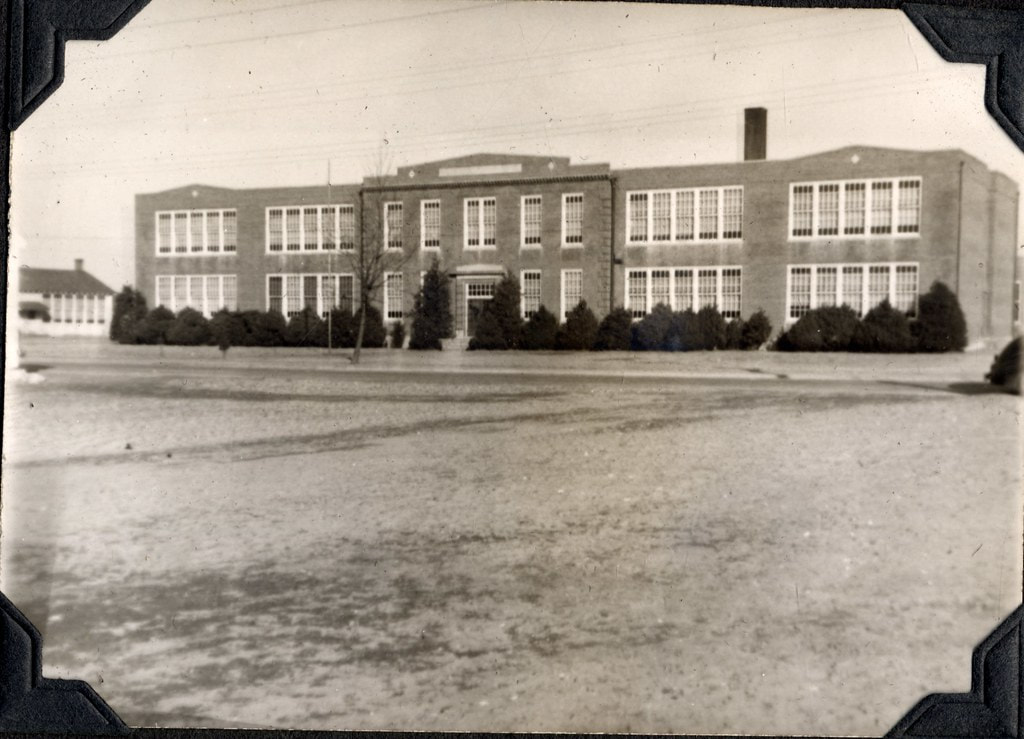
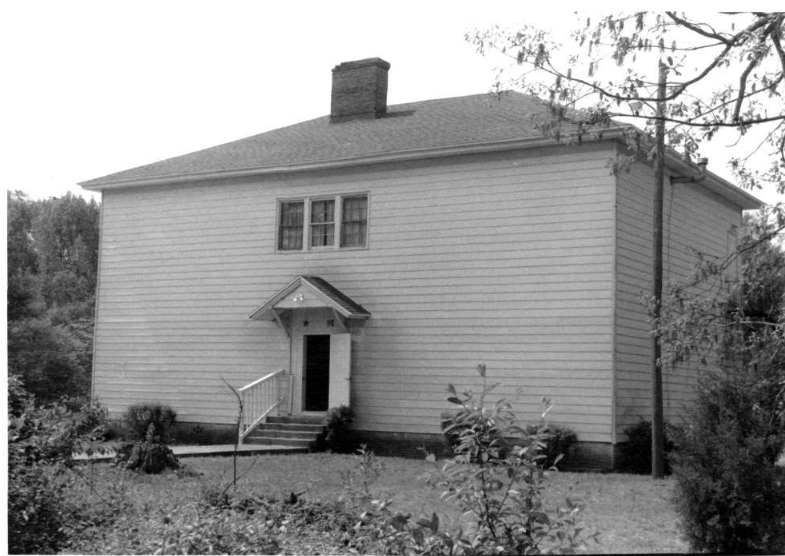
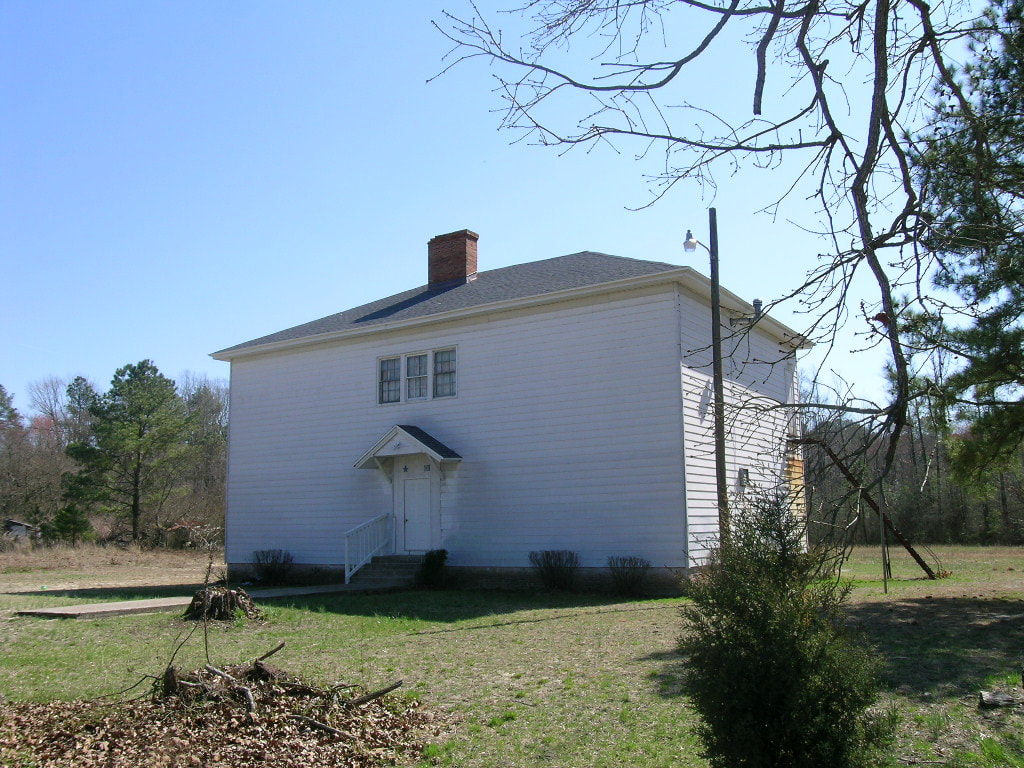
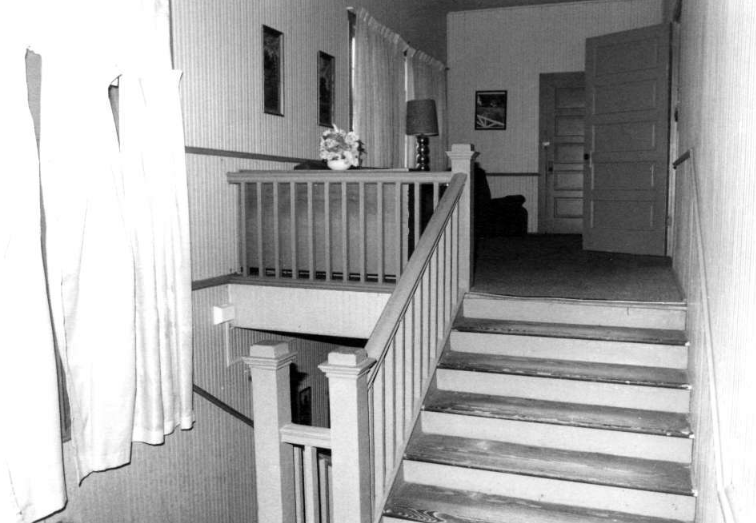
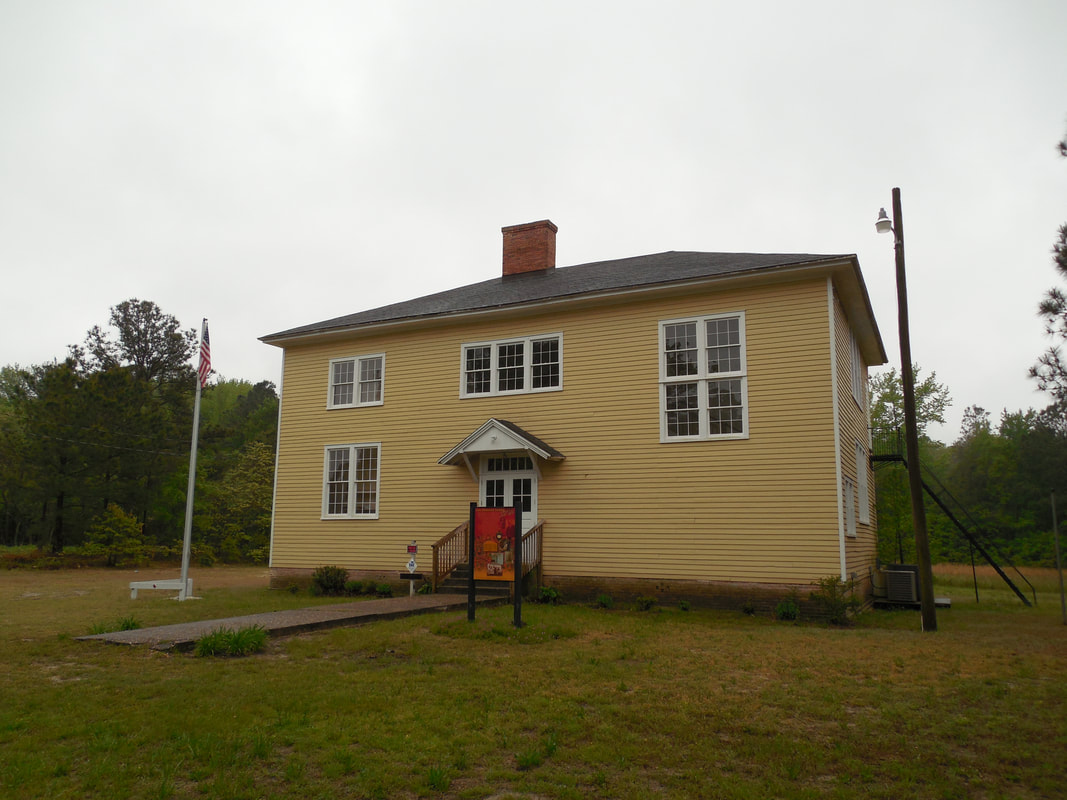
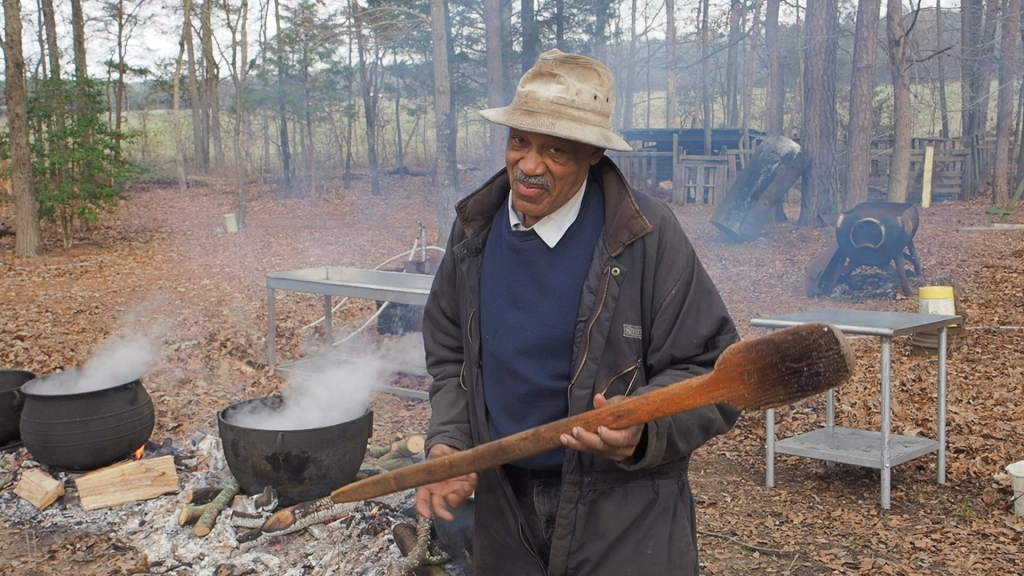
 RSS Feed
RSS Feed
